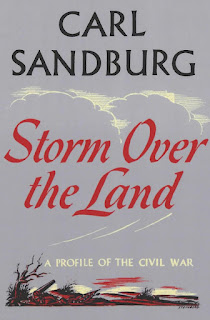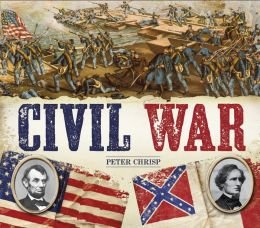McCLELLAN and FAILURE: A STUDY of CIVIL WAR FEAR, INCOMPETENCE and WORSE by Edward H. Bonekemper, III

Originally published in 2007. Published in 2010 by McFarland and Company, Inc. If you are a student of the Civil War, George B. McClellan is a conundrum at best. After the Frist Battle of Bull Run (Manassas) in July of 1861, the poorly trained Union Army had fled back to Washington, D.C. They were basically a semi-organized mob awaiting someone to take the lead. Lincoln looked around and felt that the leadership team that lost at Bull Run was not going to provide a credible lead general so he looked around the Eastern Theater for anyone else with the aura of success. George B. McClellan had a bit of success in Western Virginia and wrote a lot of reports that made him seem an even better General than he was so Lincoln looked to him to retrain and refit the Army of the Potomac (the main Union Army in the East.) Statue of McClellan outside of the city hall in Philadelphia. It was dedicated in 1894. I have no idea why they felt he deserved this honor. When I have talked with students a
















